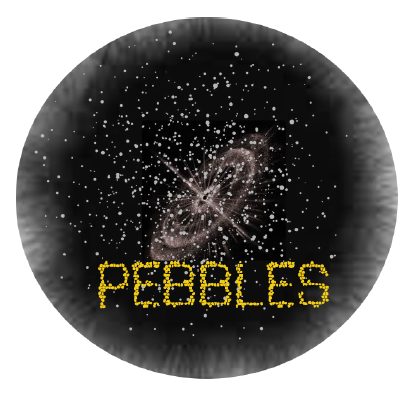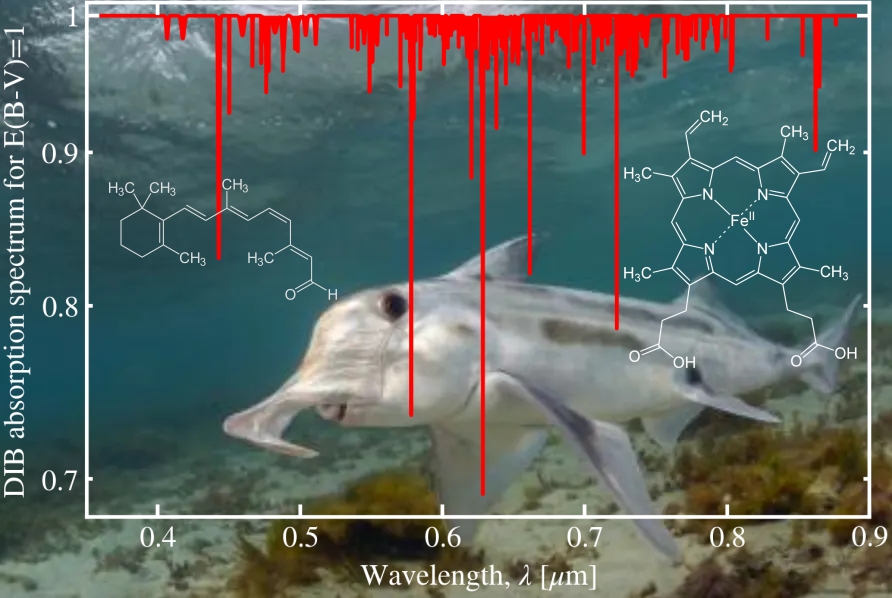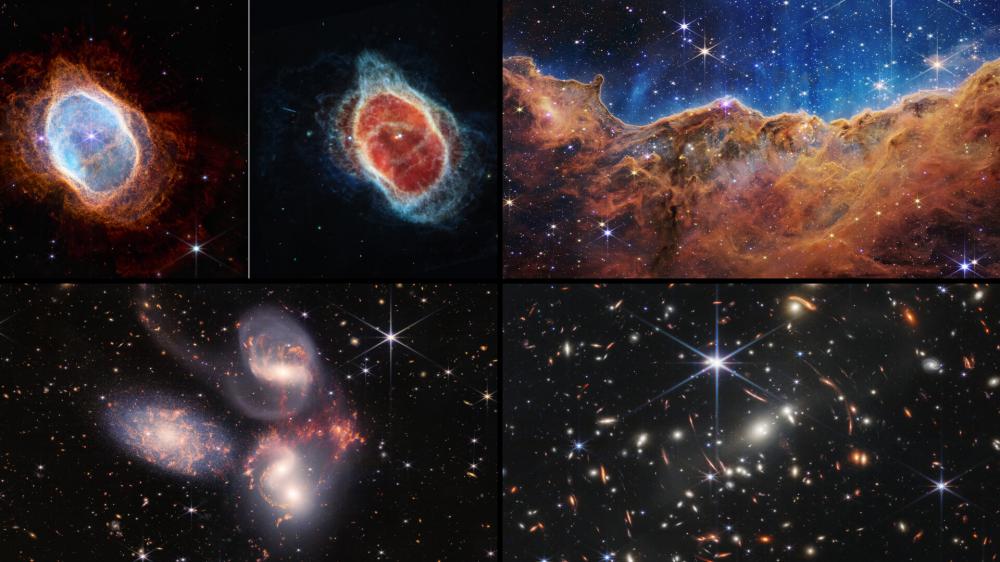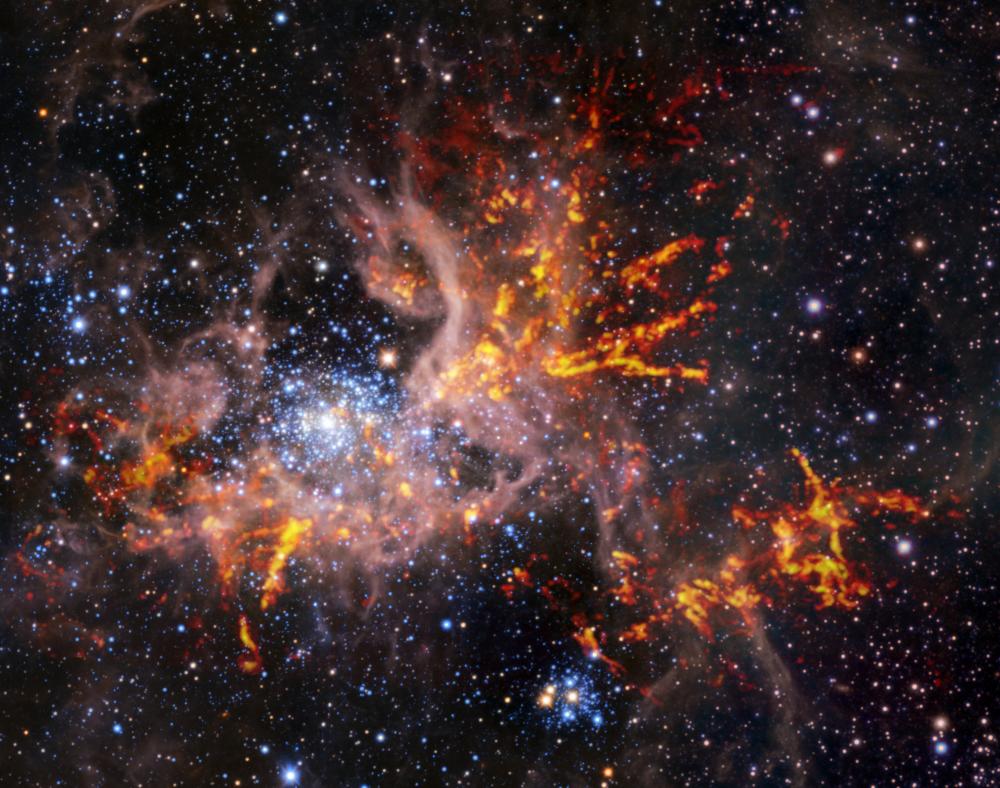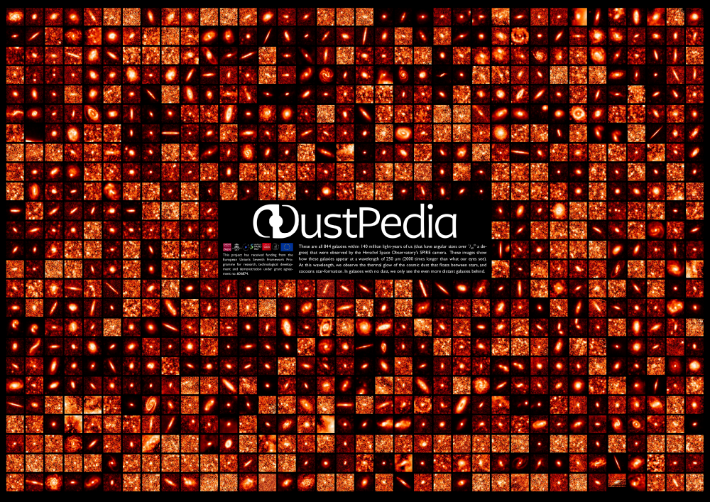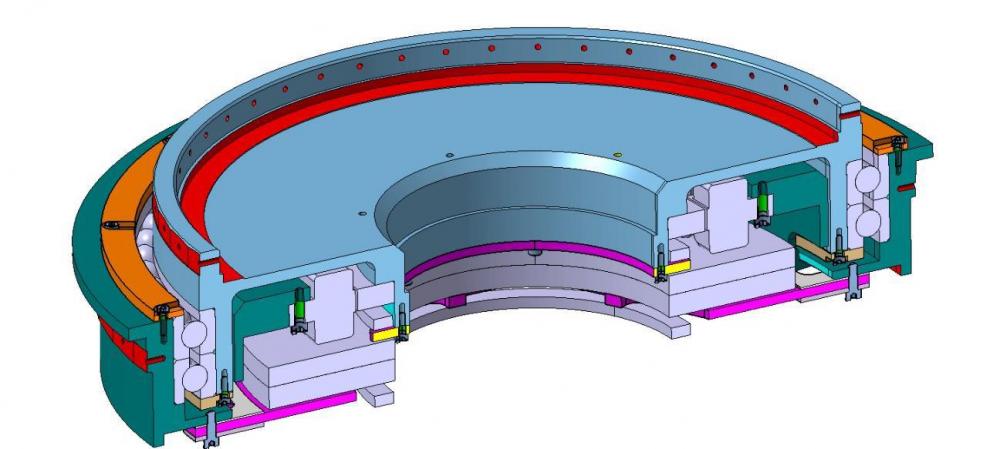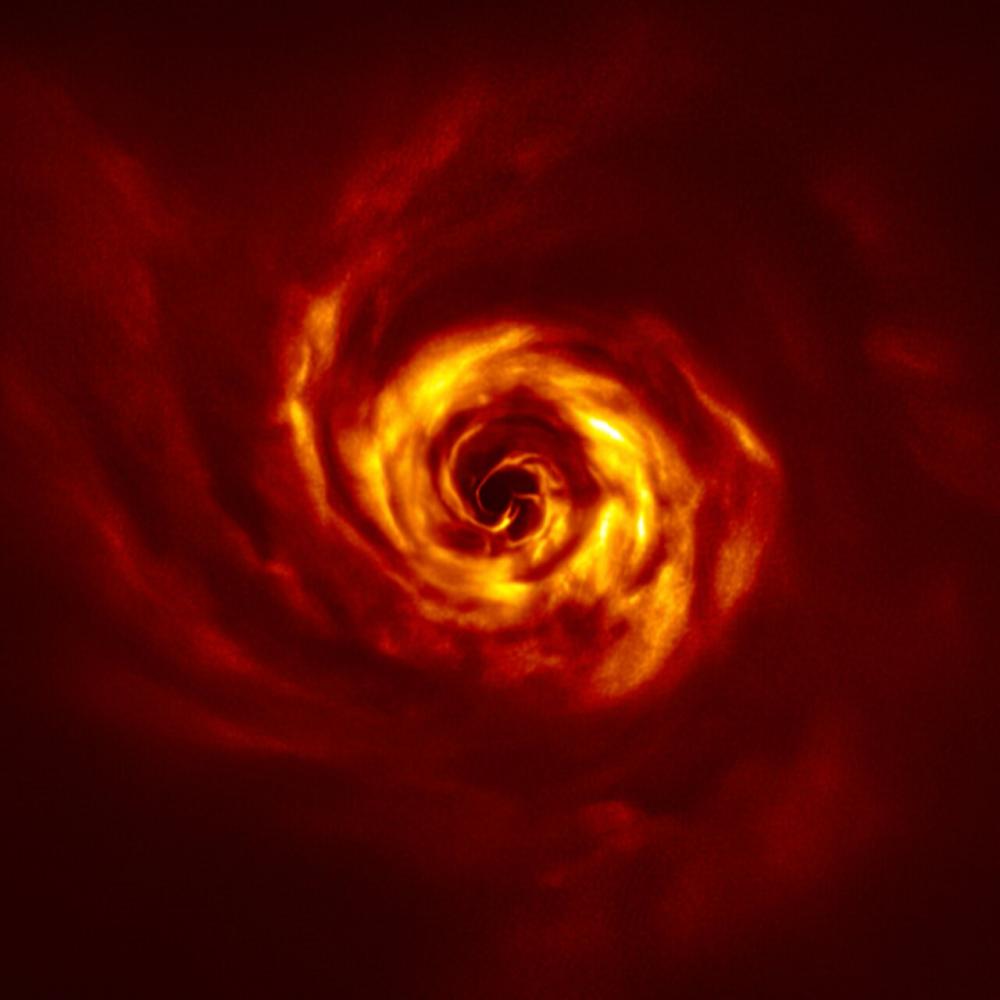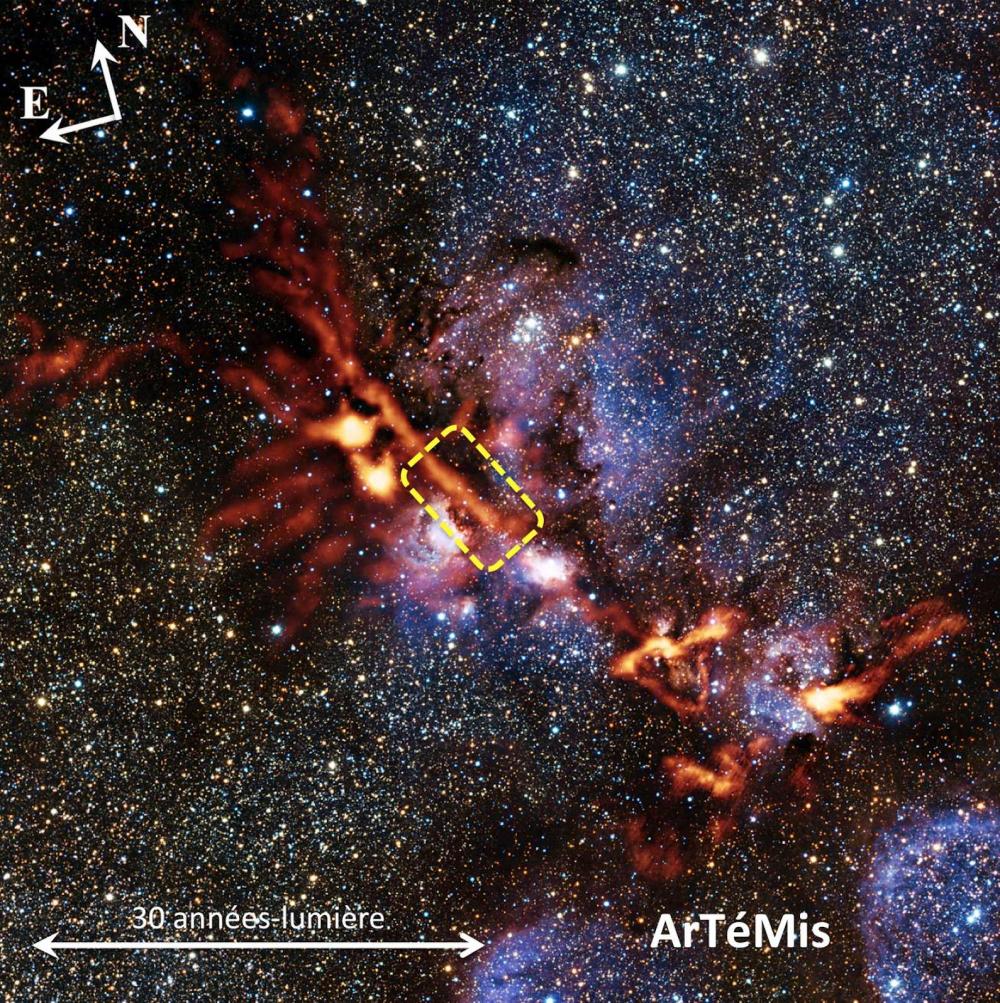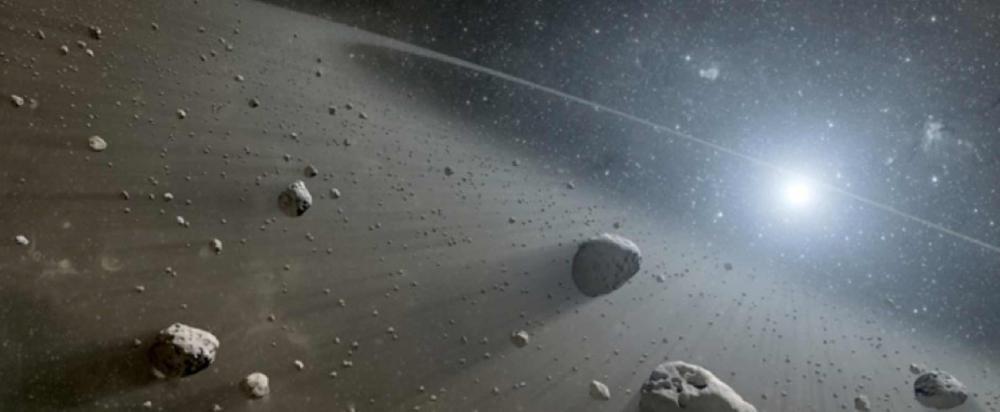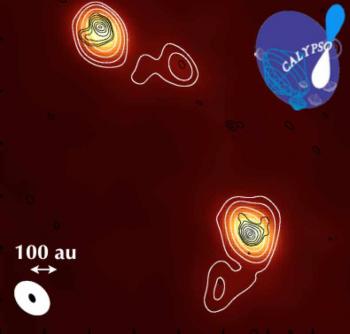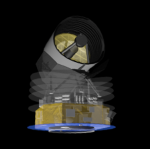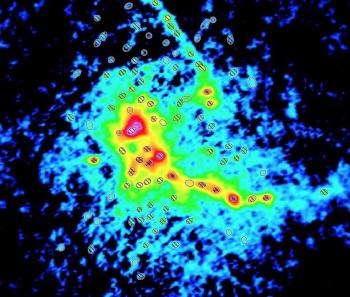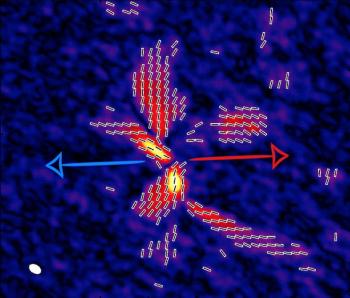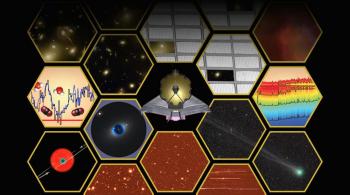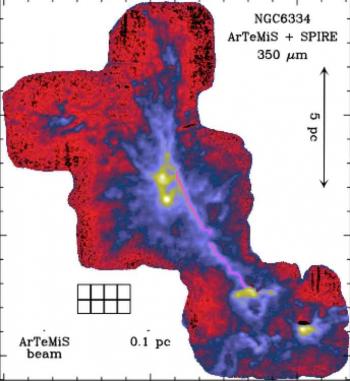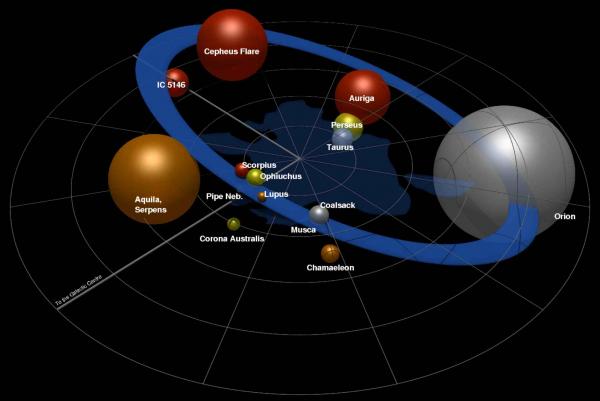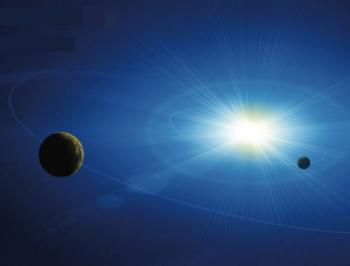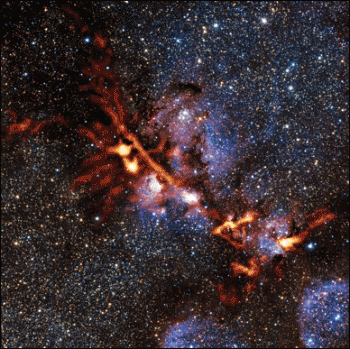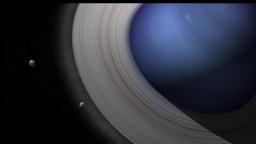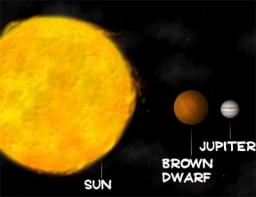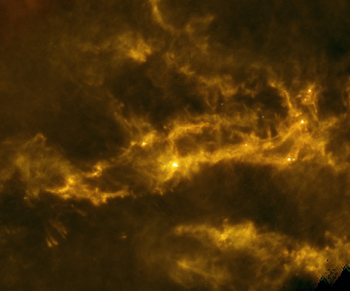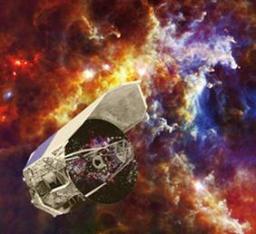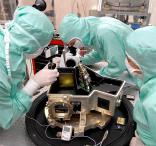Mar 30, 2023
The European Research Council has just announced the names of the winners of the Advanced Grant.
Dec 14, 2022
A team from the Département d'Astrophysique, in collaboration with the start-up Iris.AI, has shown that one could find, in select biology studies, some relevant information to better understand the interstellar medium.
Jul 12, 2022
The dawn of a new era in astronomy has begun as the world discovers for the first time the full capabilities of the NASA/ESA/CSA James Webb Space Telescope.
Jun 27, 2022
Understanding the star formation process is a major open question in contemporary astrophysics.
Jun 09, 2021
An international team led by several researchers from LFEMI/DAp/CEA has just published a study shedding light on the formation mechanisms of interstellar grains in galaxies.
Jun 04, 2020
On May 18th 2020, ESO formally closed the preliminary design review of the ELT/METIS thermal infrared instrument.
Jun 02, 2020
VLT/SPHERE observations of the star AB Aurigae pinpoint a giant planet in formation
Motivated by unusual features recently observed with the ALMA instrument in a proto-planetary disc around the star AB Aurigae, an international team of astrophysicists including a researcher from the Department of Astrophysics / Laboratory AIM of the CEA-Irfu of Paris-Saclay has just obtained a very sharp high-contrast image of a S-shasped sub-structure in the gaseous and dusty disc surrounding the star.
Nov 26, 2019
Dense molecular filaments are the cradles of stars
An international team led by the Astrophysics Department-AIM Laboratory of CEA-Irfu has just obtained new clues about the origin of star mass distribution, combining observational data from the large interferometer ALMA and the APEX radio telescope operated by the European Austral Observatory (ESO) and the Herschel Space Observatory.
Oct 11, 2019
Sounding the cosmic dust around proto-stars
An international team led by researchers from the CEA Paris-Saclay Astrophysics Department (DAp) have probed for the first time the dust envelopes surrounding stars in formation (so-called Class 0 protostars) thanks to the large interferometer NOEMA (former Plateau de Bure, France).
Feb 28, 2019
By exploring a sample of 16 of the closest protostars, thanks to the interferometric array of the Institute of millimetric radio astronomy (IRAM), an international team of astronomers, led by researchers from the Department of Astrophysics-AIM Laboratory of CEA IRFU, has just shown that a majority of disks where planets will be formed are born much smaller than expected.
May 23, 2018
The European Spatial Agency retains the mission of exploration of galaxies
The SPICA infrared space telescope has been shortlisted by the European Space Agency (ESA) to participate in the final competition which will see in September 2021 the choice of the next mission of medium size ESA (M5 mission).
Apr 30, 2018
The laws of the birth of stars questioned
An international team led by researchers from the CNRS, Grenoble Alpes University and the Astrophysical Department /AIM Laboratory of CEA-Irfu suggests a radical modification on our ideas on the formation of stars.
Apr 03, 2018
Detection by ALMA of polarized dust emission in the protostar B335
An international team led by the Department of Astrophysics/AIM Laboratory of CEA-Irfu has just shown for the first time that the magnetic field plays a fundamental role in the collapse of proto-stars.
Nov 28, 2017
TO BE TRANSLATED
Après une sélection sévère, les premières cibles d'observation du télescope spatial James Web (JWST) qui doit être lancé au printemps 2019, viennent d'être dévoilées.
Mar 11, 2017
First light of the ArTéMiS camera at two wavelengths and first results on interstellar filaments
The new ArTéMiS submillimetric camera was successfully re-installed in June 2016 on the APEX telescope in the Atacama desert in Chile.
Nov 18, 2016
First evidence of the deformation of Saturn by tidal effects
Using several thousand images of Saturn's moons produced by the Cassini probe (NASA/ESA), an international team led by an astronomer from the Observatoire de Paris in the Institute of Celestial Mechanics and Calculation of Ephemerides ( Observatoire de Paris / CNRS / UPMC / Université Lille 1), in collaboration with CEA researchers, has succeeded in bringing to light small fluctuations in the gravitational field of the planet.
Jun 06, 2016
Star formation in the filamentary Aquila and Taurus molecular clouds
Based on observations of nearby molecular clouds with the Herschel space observatory, recently large samples of future stars were detected in the form of dense cores.
May 06, 2015
Formation of solar systems: the role of "planets traps"
A team from the laboratory "Astrophysics, Instrumentation, Modeling" Paris-Saclay (AIM - CNRS / CEA / Université Paris Diderot) has developed a new model representing the evolution of protoplanetary disks over millions of years.
Sep 25, 2013
First images of a new camera on the APEX telescope
The new ArTéMiS camera has been successfully installed on the APEX telescope (Atacama Pathfinder Experiment).
Nov 28, 2012
The planetary rings may be at the origin of most of the satellites around planets
Two scientists from the Université Nice Sophia Antipolis - Observatoire de la Côte d’Azur and from the Université Paris Diderot and CEA, have just proposed the first model to explain the origin of most of the regular satellites in our solar system.
Jul 06, 2012
The formation of a brown dwarf
A team led by Philippe André du Service d'Astrophysique-Laboratoire AIM du CEA-Irfu has just uncovered the very first stage of the formation of a brown dwarf, one of these tiny stars with a mass just above the planets.
Apr 13, 2011
The golden thread of the star formation
The Herschel space telescope of the European Space Agency (ESA) has given astrophysicists unpublished images of interstellar filament networks, in which the majority of stars are formed.
Mar 30, 2011
Evidence of red giants with a hydrogen burning shell
Thanks to the data of the NASA Kepler satellite, an international team including Rafael Garcia of the Astrophysical Department at CEA-Irfu [1], succesfully probe the heart of hundreds of giant stars for the first time.
Mar 17, 2011
First detection of gravity-like waves in a red giant star
Waves traveling inside the core of a giant star have been discovered by a international team of researchers including Rafael A. Garcia, member of the Service d'Astrophysique of CEA-Irfu [1].
Nov 05, 2010
An international team of astronomers, including several French researchers, has just completed a precise measurement of the distance to five distant galaxies using the ESA Herschel Space Observatory together with ground-based data from the interferometer operated by the Institute for Millimetric Radioastronomy (IRAM)1 .
Aug 26, 2010
The CoRoT satellite reveals the magnetic cycle of a star
An international team[1] led by a CEA astrophysicist of the AIM Laboratory- Astrophysics Department of the CEA-Irfu has observed, for the first time, the cycle of magnetic activity in a star using stellar seismology - the study of vibrations in a star.
Jul 09, 2010
The giant gas ring in Leo, formed when two galaxies collided
An international team led by astrophysicists from the Lyon Observatory (CRAL, CNRS/INSU, Université Lyon 1) and the AIM laboratory (CEA-Irfu, CNRS, Université Paris 7) has just shed some light on the origins of the giant gas ring in Leo.
Jun 09, 2010
Numerical simulations show new moons forming now from the rings
Numerical simulations peformed by a group of astrophysicists of the AIM-CEA Saclay Laboratory (University Paris Diderot, CEA, CNRS) and the Nice observatory, based on images collected by the Cassini mission, show that some tiny moons of Saturn are still forming now from material of the Saturn's rings, some billion years after the end of the formation of planets and satellites inside the Solar system.
Apr 22, 2010
Delivery of the Flight Model for a launch planned to take place in 2014
The Astrophysics Department of CEA-Irfu, which has scientific and technical responsibility for the MIRIM imager (Mid Infrared Imager) on the MIRI spectro-imager, one of the major instruments of the forthcoming James Webb Space Telescope (JWST), has just delivered the final model of the imager to the Appleton Rutherford laboratory in England, who will carry out the final test before the delivering it for integration into the JWST at the start of 2011 [1].
Dec 19, 2009
Herschel discovers hundreds of proto-stars in a dark cloud
The first scientific images of the Herschel Space telescope have just been released during a scientific conference held at Madrid (Spain) on 17 and 18 decembre 2009, only six months after launch.
